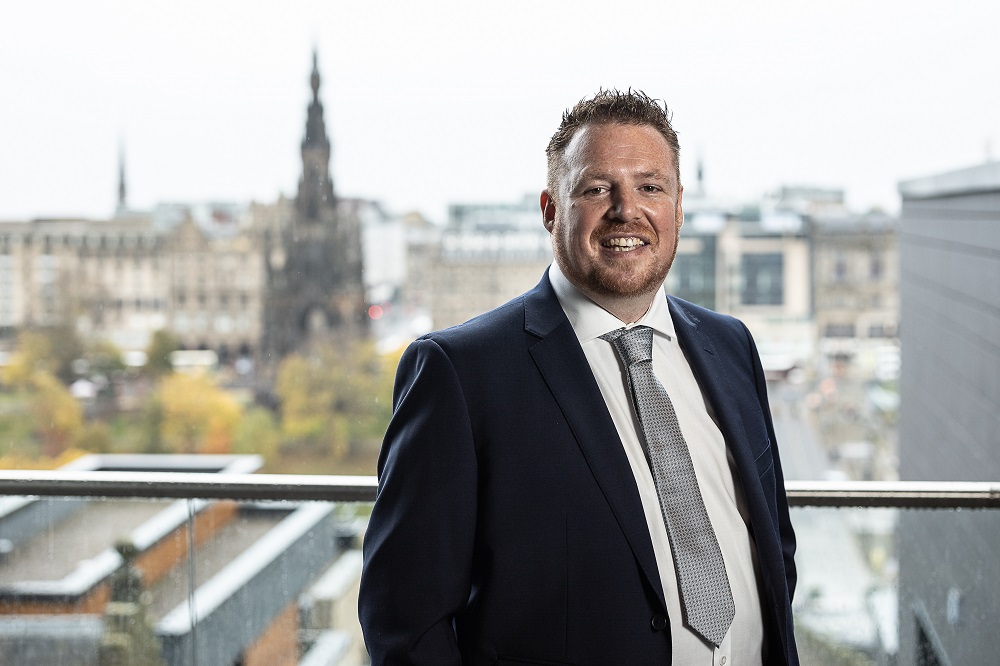MJ O’Shaughnessy: Engineering sustainable urban regeneration - unlocking potential to safeguard our future

MJ O'Shaughnessy
MJ O’Shaughnessy, managing director at Will Rudd Glasgow & Ireland, explores the role cities can play in the green transition.
In the dynamic world of urban development, the pursuit of sustainability stands as a cornerstone for progress. As cities across Scotland juggle the complex balance of growth and environmental responsibility, civil and structural engineering practices have emerged as catalysts for change. The regeneration of city centres and suburbs presents a prime opportunity to harness innovative engineering solutions to power a sustainable future.
How we assess sustainability will be crucial and central to this will be the creation of ‘energy centres’ which will serve as the key component of successful sustainable urban regeneration. These hubs, infused with cutting-edge technologies, will tap into renewable energy sources such as solar, wind and biomass and can create district heating networks to serve wider developments.
By decentralising energy production and integrating smart grid systems, cities can reduce their carbon footprint while bolstering energy resilience. This strategic approach not only aligns with Scotland’s climate targets but can also attract substantial investment, fuelling the momentum for urban revitalisation.
Emerging as a key player in Scotland’s transition to a low-carbon economy is the exploration of green hydrogen opportunities. Hydrogen production has the potential to be a clean and versatile energy solution across transportation, heating, and industry – as well as helping to futureproof our healthcare infrastructure and emergency services. At Will Rudd we’re helping lead the charge and, in addition to green hydrogen, we’re working across a breadth of renewable energy disciplines at all levels, including wind and solar, gasification, energy from waste and biomass.
Currently across Scotland, the UK and Ireland, we’re involved in a number of exciting projects which will help us to capitalise on this new frontier. As a direct result, Scotland can position itself as a leader in urban redevelopment, attracting crucial funding from government initiatives and private investors alike.
Furthermore, civil and structural engineering practices can help to unlock the development potential of both constrained and unconstrained sites within urban areas, fostering opportunities for wider collaboration.
Constrained sites, characterised by limited space and challenging geography, demand creative solutions to optimise land utilisation while minimising environmental impact. With the specialisms we have at Will Rudd, such as façade engineering, modular construction and adaptive reuse, we’re expertly placed to help our clients unlock the value of these sites. This will, in turn, help pave the way for transformative projects that enrich local communities and the environment.
Simultaneously, unconstrained sites present vast opportunities for large-scale redevelopment projects that stimulate economic growth and social prosperity. Through rigorous feasibility assessments and strategic master planning, civil and structural engineers can unlock the commercial potential of these sites. Whether breathing new life into brownfield or greenfield sites or spearheading mixed-use developments, these projects serve as magnets for driving sustainable urban regeneration while also helping to stimulate long-term economic returns.
In essence, the work we are delivering helps position civil and structural engineering as enablers of sustainable urban regeneration, unlocking greater commercial potential for Scotland’s future. By embracing renewable energy solutions, harnessing green hydrogen opportunities, and maximising the potential of both constrained and unconstrained urban sites, Scotland can fuel the green transition.
As stewards of Scotland’s built environment, let us continue to harness the power of innovative engineering to forge a sustainable path forward, transforming lives and landscapes for generations to come.
This article initially appeared in The Scotsman





















